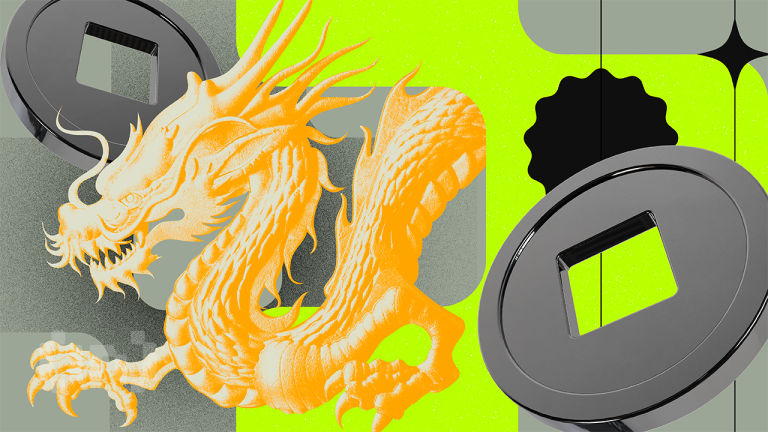
Mindfulness Practices for Stress Relief: Reduce Anxiety and Improve Well-being
Mindfulness practices for stress relief are becoming increasingly popular, and for good reason. With the demands of modern life, it’s easy to get caught up in stress and anxiety. However, by incorporating mindfulness into your daily routine, you can reduce stress and anxiety, and improve your overall well-being. In this article, we’ll explore the benefits of mindfulness practices for stress relief, and provide you with some simple and effective techniques to get started.
What is Mindfulness?
Mindfulness is the practice of being present in the moment, paying attention to your thoughts, feelings, and sensations without judgment. It involves cultivating awareness of your experiences, and accepting them for what they are. Mindfulness is not about achieving a specific state or goal, but rather about being open and receptive to the present moment.
Benefits of Mindfulness for Stress Relief
The benefits of mindfulness for stress relief are numerous. By practicing mindfulness, you can:
- Reduce stress and anxiety
- Improve your mood and overall sense of well-being
- Enhance your ability to focus and concentrate
- Improve your sleep quality
- Boost your immune system
Mindfulness Practices for Stress Relief
There are many different mindfulness practices that you can use for stress relief. Here are a few simple and effective techniques to get you started:
- Meditation: Sit comfortably, close your eyes, and focus on your breath. When your mind wanders, gently bring it back to your breath without judgment.
- Deep Breathing: Focus on taking slow, deep breaths, feeling the sensation of the breath moving in and out of your body.
- Body Scan: Lie down or sit comfortably, and bring your attention to different parts of your body, starting at your toes and moving up to the top of your head.
- Yoga: Practice yoga poses, focusing on the sensation of your body moving and the rhythm of your breath.
- Walking: Pay attention to the sensation of your feet touching the ground, the movement of your legs and arms, and the rhythm of your breath.
Tips for Incorporating Mindfulness into Your Daily Routine
Here are a few tips for incorporating mindfulness into your daily routine:
- Start small: Begin with short mindfulness practices, such as 5-10 minute meditation sessions, and gradually increase the length as you become more comfortable with the practice.
- Make it a habit: Incorporate mindfulness into your daily routine, such as right after waking up or before bed.
- Find a quiet space: Identify a quiet, comfortable space where you can practice mindfulness without distractions.
- Be gentle with yourself: Remember that mindfulness is a practice, and it’s okay if your mind wanders. Gently bring your attention back to the present moment without judgment.
Conclusion
Mindfulness practices for stress relief are a simple and effective way to reduce stress and anxiety, and improve your overall well-being. By incorporating mindfulness into your daily routine, you can cultivate a greater sense of awareness, acceptance, and compassion for yourself and others. Remember to start small, be gentle with yourself, and make mindfulness a habit. With regular practice, you can experience the many benefits of mindfulness and live a happier, healthier life.






